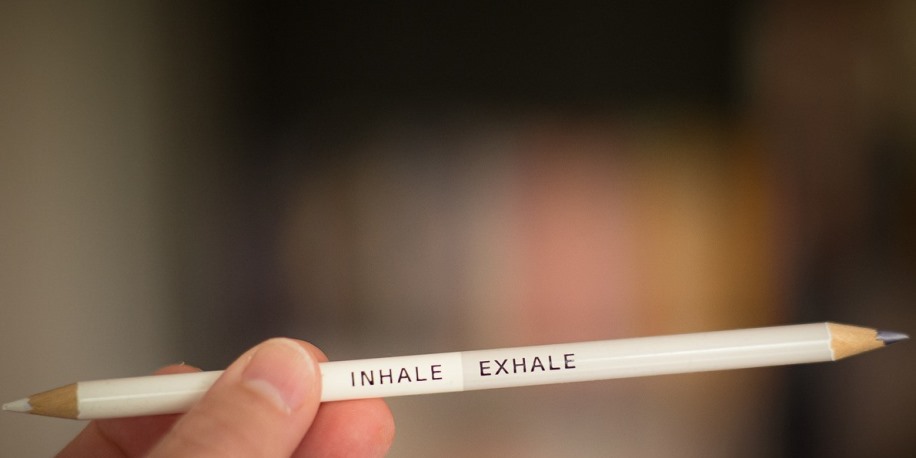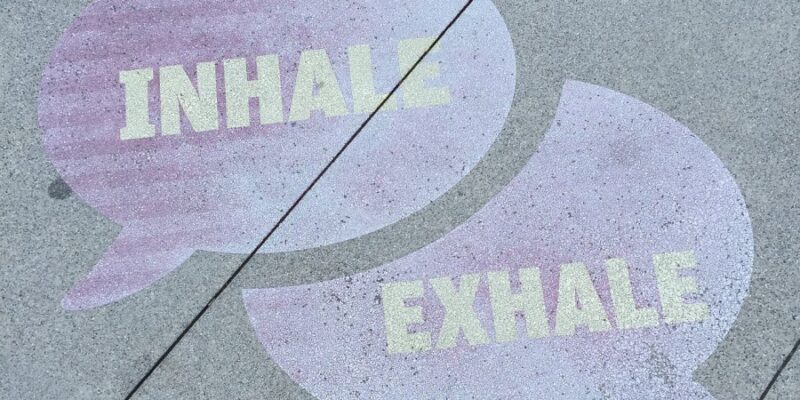
In general, each Breathwork modality applies certain breathing techniques to come to the anticipated results. Additionally, most Breathwork modalities can be classified within a certain Breathwork type or Breathwork category.
For instance, the Holotropic Breathwork® modality primarily uses Fast Breathing, Deep Breathing, and Conscious Connected Breathing techniques, while Coherent Breathing® applies Slow Breathing, Deep Breathing, and Abdominal Breathing techniques.

By contrast, some modalities don’t use any specific breathing technique, but focus on the breathing process as it presents itself, which is rather a type of breath awareness exercise. Examples hereof we find in Middendorf Breathwork Therapy and in Anapanasati Breathing.
Additionally, Breathwork modalities may exclusively apply nose breathing or mouth breathing, or use both nose and mouth breathing. Some then use forceful exhales, others natural and effortless exhales, or long inhales, counted inhales or exhales, and/or extended breath retention, and so on.
In fact, the combinations and variations of breathing cycles, patterns, number of counts, styles, phases, and rhythms are near endless, and the particular use of certain breathing techniques make up one of the defining characteristics of a Breathwork modality.
In some cases, breathing techniques are used as is — for their own, intrinsic benefits — and we could then say that they basically also form a Breathwork modality on their own. Think, for instance, of the Box Breathing technique.

Apart from being characterized by the specific breathing techniques that are used, Breathwork modalities can often also be classified in a certain Breathwork type or category. Furthermore, an individual modality may be classified in various categories.
For instance, Holotropic Breathwork® is typically categorized as Transformational Breathwork, but also as Psychedelic Breathwork. However, Nadi Shodhana breathing is classified as Pranayama Breathwork.
Mind, however, that most Breathwork modalities are not only defined by the breathwork techniques they use. They often also include other elements, such as imagery, evocative music, talks, art work, intentional touch, massage, and/or other bodywork, among other activities.















